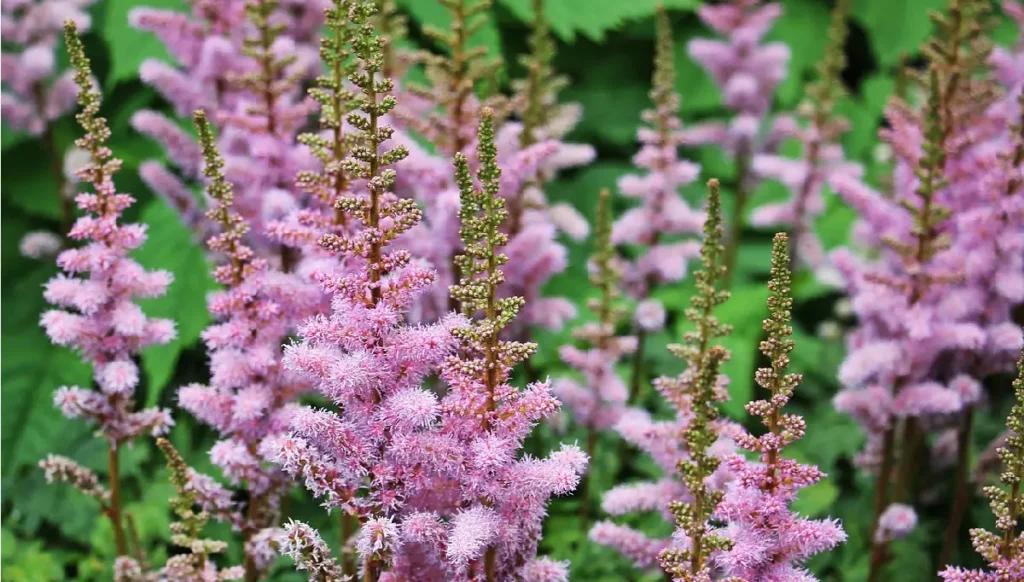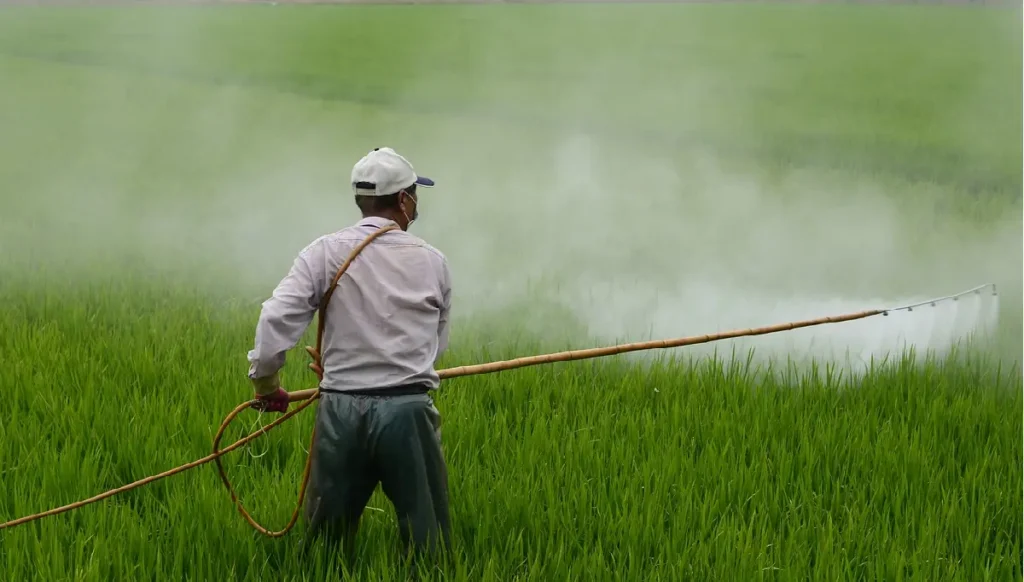Japanese Knotweed (Fallopia japonica) is widely recognized as a problematic invasive species due to its aggressive growth and significant impact on ecosystems and property. Originating from East Asia, it has become notorious for its ability to spread rapidly and cause extensive damage in regions where it has been introduced, particularly in Europe and North America.
Why is Japanese Knotweed a Problem?
Japanese knotweed poses several challenges:
- Aggressive Spread: The plant’s extensive rhizome system allows it to spread quickly and dominate landscapes. Its rhizomes can extend up to 20 feet (6 meters) from the original plant, making it difficult to control.
- Environmental Impact: It can outcompete native vegetation, leading to a reduction in plant biodiversity and altering local ecosystems. Its dense growth can also increase the risk of soil erosion.
Why is Japanese Knotweed Called That?
The name “Japanese knotweed” reflects its geographical origin and its growth characteristics:
- “Japanese”: This part of the name indicates its native region, which includes Japan, Korea, and China.
- “Knotweed”: Refers to the plant’s knot-like nodes on its stems, which resemble knots and give it its distinctive appearance.

Why Do People Hate Japanese Knotweed?
People dislike Japanese knotweed for several reasons:
- Property Damage: Its robust rhizomes can penetrate and damage building foundations, paving, and drainage systems, leading to costly repairs.
- Impact on Property Value: The presence of knotweed can significantly affect property values. Many real estate transactions in affected areas require specialized inspections and treatment plans, which can be expensive and time-consuming.
- Difficulty of Control: The plant’s rapid growth and extensive root system make it challenging to manage and eradicate effectively.
Should You Remove Japanese Knotweed?
Yes, removing Japanese knotweed is generally recommended:
- Prevent Spread: Early removal helps prevent the plant from spreading further and causing additional damage to the environment and property.
- Legal Obligations: In some regions, there are legal requirements for managing and reporting Japanese knotweed infestations. Non-compliance can result in fines or other penalties.
- Professional Assistance: Due to the complexity of the task, many people seek professional pest control or landscaping services to ensure proper removal.
What Kills Japanese Knotweed Permanently?

Permanently killing Japanese knotweed requires a combination of methods:
- Chemical Treatment: Use of specialized herbicides that target Japanese knotweed is effective. These chemicals should be used carefully to avoid environmental harm.
- Physical Removal: Excavation and removal of the plant’s rhizomes can help, but it must be thorough to ensure that all parts of the root system are removed to prevent regrowth.
- Combined Approach: Often, a combination of chemical and physical removal is needed for effective control.
What Happens if You Burn Japanese Knotweed?
Burning Japanese knotweed is generally not recommended:
- Health Risks: Burning the plant can release harmful particulates and toxic compounds into the air, which can pose health risks to humans and animals.
- Spread of Rhizomes: Burning may not completely destroy the plant’s rhizomes, which can lead to regrowth if any parts are left behind.
Is Japanese Knotweed Good for Anything?
Despite its problematic nature, Japanese knotweed has some uses:
- Traditional Medicine: In its native regions, it has been used in traditional medicine for various ailments.
- Erosion Control: Some studies suggest it can be used for erosion control on steep slopes due to its extensive root system, though this is a limited application.
Conclusion
Japanese knotweed is a highly invasive plant known for its aggressive growth and significant impact on both natural and built environments. Its rapid spread, potential for property damage, and difficulty in removal make it a major concern for landowners and environmentalists. While it poses considerable challenges, understanding its characteristics and management options is crucial for mitigating its effects and addressing the problems it creates.


Leave a Reply